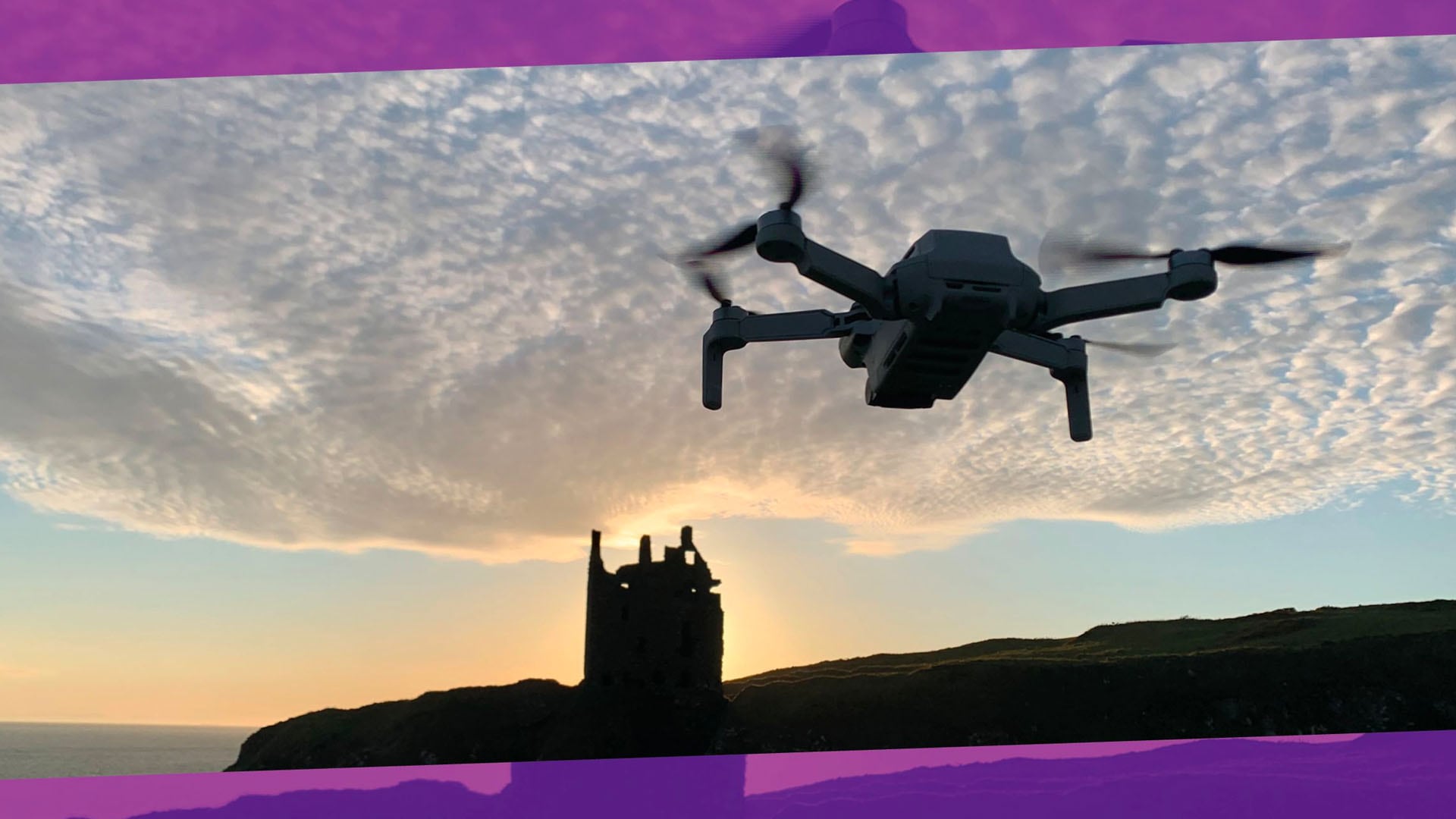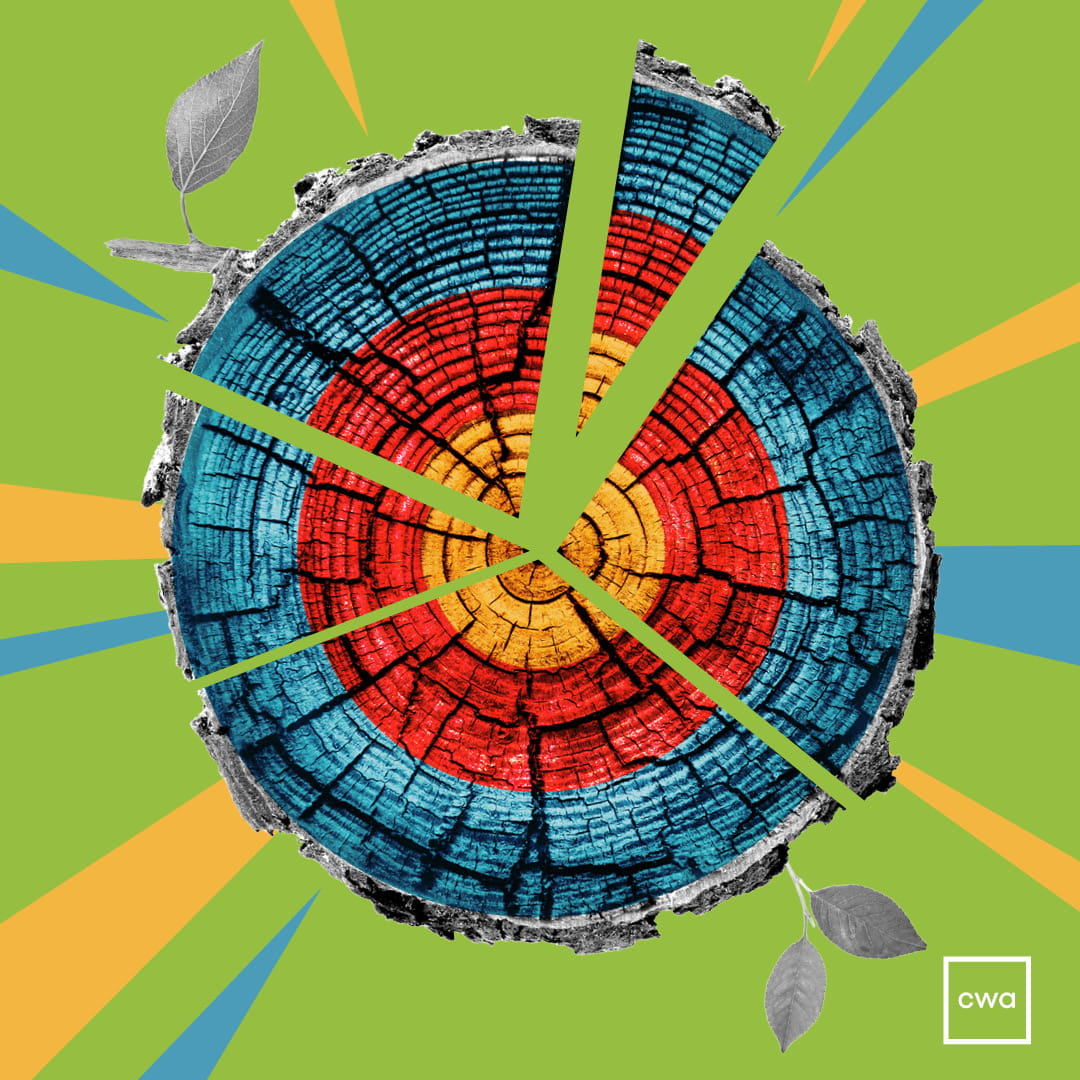It’s New Year’s Eve 2020.
As many of us were welcoming the new year (on Zoom, most likely!), a big change was happening elsewhere. In the UK, the laws and regulations that govern drone usage for commercial operations changed significantly.
Gone were the days where all commercial operations required an extensive theory and practical assessment beforehand. A new era where regulations were centred around drone classification were born.
For CWA, this immediately opened the possibility of bringing drone filming in-house. Though we still needed an acute knowledge of safety principles, privacy regulations, aviation law and more, the ability to capture unique footage for our clients was an opportunity not to be missed. And I was more than happy to put the work in to get that footage.
The change in regulation wasn’t a shift away from stringent safety measures. Far from it! But it quite rightly put the focus on the risk posed by each drone and operator, rather than a ‘catch-all’ approach to commercial operations.
Bigger isn’t always better
There’s a fine balance to be found between the payload weight (for example the size of camera you can carry) and the flexibility each weight classification of drone is afforded within the regulations. For example, a drone under 250g can fly close to people and buildings as its risk is relatively small. Whereas a drone over 250g poses more of a risk so is governed by stricter regulations. The drone which immediately appealed to us was the DJI Mini 2, weighing exactly 249g (see what they did there?) and equipped with a fantastic 4k camera.
 Reviews of this drone and the footage it produced were excellent, and it offered a flexible but high-quality entry point to our drone offering. It copes well in moderate winds and is equipped with standard safety features such as the return to home failsafe. The drone also has geo-fencing equipped so will warn the operator if attempting to take off in a restricted area such as near an airport.
Reviews of this drone and the footage it produced were excellent, and it offered a flexible but high-quality entry point to our drone offering. It copes well in moderate winds and is equipped with standard safety features such as the return to home failsafe. The drone also has geo-fencing equipped so will warn the operator if attempting to take off in a restricted area such as near an airport.
Drone Insurance Ready to fly...?
The skill in flying a drone well is two-fold. Firstly, great hand-eye coordination is needed to fly it accurately in the sky. The GPS helps, but it takes practice to control speed, elevation, rotation, direction, and the gimbal (the bit that stabilizes the shot) all in one go.
The second skill is having the eye to frame a good shot and add in suitable movement. The best shots are often those where the drone explores open space, reveals buildings, flies along a focal point, rather than just a high shot looking down.
All of this takes practice, experimentation, and time to find the limits and possibilities of the drone. Don’t tell anyone, but it’s also great fun!
Next, we decided there should be two aspects to the CWA drone offer. Firstly, a standalone shoot, perfect for capturing a video that shows off a facility or building, like this video for Jet Plant Hire showcasing their solar panels and environmental accreditation:



